Southeast African Cheetah
- February 14, 2024
- 0 comment
The Southeast African cheetah, also scientifically known as Acinonyx jubatus jubatus, represents a remarkable subspecies of the cheetah native to the diverse landscapes of southern and eastern Africa. These elegant creatures are celebrated for their extraordinary speed, graceful build, and iconic spotted coat. Found across countries like South Africa, Botswana, Namibia, and Zimbabwe, Southeast African cheetahs thrive in varied habitats including grasslands, savannas, and scrub forests. Their slender bodies, distinctive black spots, and golden fur make them instantly recognizable.
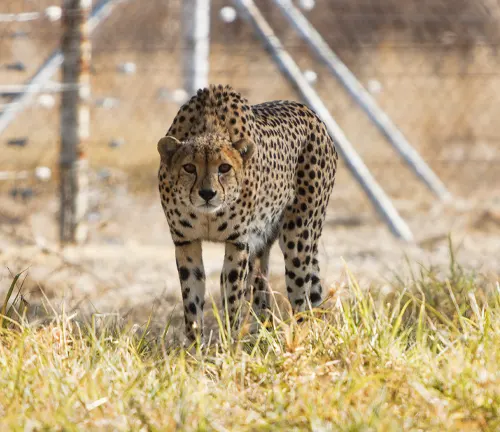
Despite their solitary nature, these cheetahs are highly efficient hunters, relying on their exceptional agility and keen eyesight to pursue and capture prey, primarily small to medium-sized ungulates like gazelles and impalas. Females typically raise their cubs alone, with litters averaging 2-4 offspring. However, despite their remarkable adaptability, Southeast African cheetahs face significant threats, including habitat loss, human-wildlife conflict, and poaching. Conservation efforts aimed at preserving their habitats, mitigating conflicts with humans, and raising awareness about their plight are crucial for ensuring the continued existence of these majestic animals in the wild.
| Specifications | Details |
|---|---|
| Scientific Name | Acinonyx jubatus jubatus |
| Common Name | Southeast African Cheetah |
| Geographic Range | Southern and eastern Africa |
| Habitat | Grasslands, savannas, scrub forests |
| Physical Characteristics | Slender build, distinctive black spots, golden fur |
| Size | Medium-sized carnivore |
| Weight | Adult males: 110-140 lbs; Adult females: 80-110 lbs |
| Length | 44-56 inches (head and body); 24-32 inches (tail) |
| Speed | 60-70 miles per hour (in short bursts) |
| Diet | Primarily small to medium-sized ungulates |
| Behavior | Solitary hunters, but may form coalitions |
| Reproduction | Females raise cubs alone; litters of 2-4 offspring |
| Conservation Status | Vulnerable due to habitat loss and human conflict |

The Southeast African cheetah, also known as the Acinonyx jubatus jubatus, is a remarkable subspecies of cheetah native to the southern and eastern regions of Africa. These magnificent creatures are renowned for their incredible speed, sleek build, and distinct spotted coat. Let’s delve deeper into the fascinating world of the Southeast African cheetah.
Habitat and Distribution

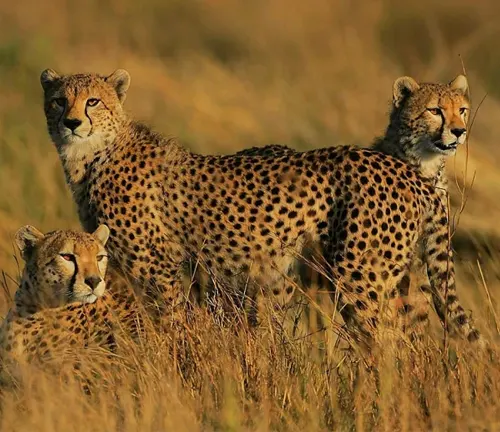
The Southeast African cheetah, inhabits a diverse range of habitats across southern and eastern Africa. This subspecies of cheetah can be found in countries such as South Africa, Botswana, Namibia, Zimbabwe, and parts of Mozambique.
In terms of habitat, Southeast African cheetahs are highly adaptable and can thrive in various environments, including grasslands, savannas, scrub forests, and semi-arid areas. They are often found in open landscapes with good visibility, which facilitates their hunting strategies relying on speed and agility.
Physical Characteristics
Known for their slender build and distinctive black spots scattered across their golden fur, Southeast African cheetahs are built for speed. They possess long, streamlined bodies, powerful legs, and a flexible spine, allowing them to reach speeds of up to 60-70 miles per hour in short bursts.
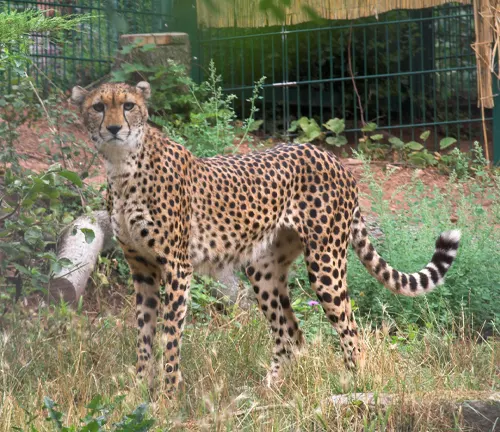
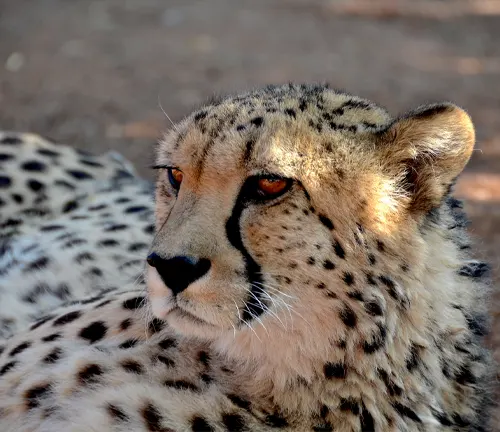
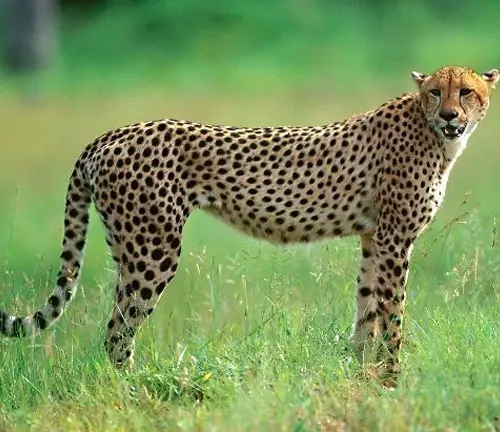
Size and Build
Southeast African cheetahs are medium-sized carnivores, with males typically larger than females. Adult males can weigh between 110 to 140 pounds (50 to 63 kilograms), while adult females usually range from 80 to 110 pounds (36 to 50 kilograms). They have long, slender bodies built for speed, featuring a deep chest and narrow waist.
Coat Pattern
One of the most recognizable features of the Southeast African cheetah is its coat pattern. Their fur is covered in small, evenly spaced black spots, which provide excellent camouflage in their natural habitats. These spots extend across the body, including the face and limbs.
Coloration
The fur of Southeast African cheetahs is typically a golden-yellow color, although the exact shade can vary slightly among individuals. This coloration helps them blend into the grassy savannas and scrublands where they reside.
Head and Facial Features
Southeast African cheetahs have a distinctive facial profile, characterized by a small, rounded head and short muzzle. They have high-set eyes with large pupils, providing excellent binocular vision for tracking prey during hunts. Their ears are small and rounded, aiding in their keen sense of hearing.
Limbs and Tail
Cheetahs are renowned for their remarkable speed, thanks in part to their long, powerful legs and flexible spine. Their hind legs are longer than their front legs, providing leverage and propulsion during sprints. Additionally, Southeast African cheetahs have a long, muscular tail, which helps them maintain balance and make sharp turns while running at high speeds.
Behavior and Social Structure
Cheetahs are solitary animals, with females typically raising their cubs alone. They are highly efficient hunters, relying on their keen eyesight and incredible agility to pursue and capture prey. Despite their solitary nature, cheetahs can form small groups called coalitions, usually consisting of brothers from the same litter:
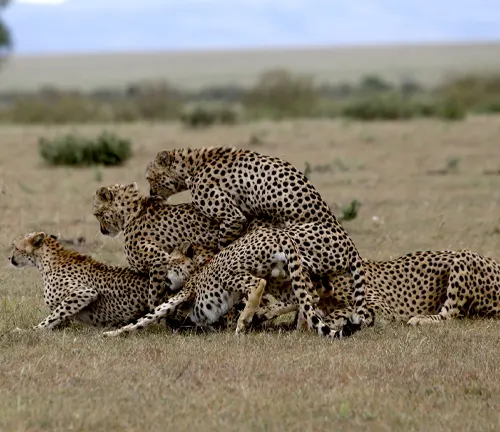
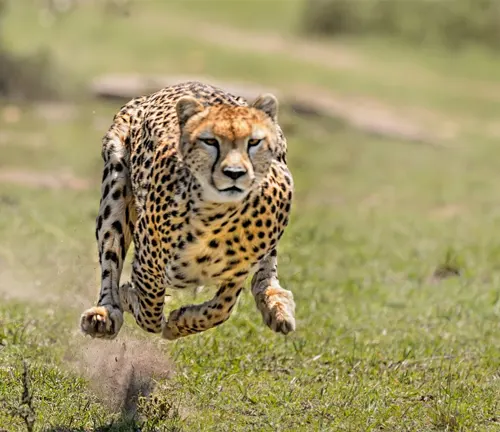
- Solitary Hunters: Southeast African cheetahs are primarily solitary animals, with adult males and females typically living alone except during mating or when a female is raising cubs. They establish and defend territories, marking boundaries with scent markings to deter intruders.
- Coalitions: While they are predominantly solitary, male cheetahs from the same litter or coalition may form small groups called coalitions. These coalitions usually consist of brothers who have remained together since leaving their mother. Coalition members cooperate in territory defense, hunting, and sometimes even mating.
- Hunting Techniques: Cheetahs are diurnal hunters, meaning they primarily hunt during the day. They rely on their remarkable speed and agility to pursue and capture prey, often targeting small to medium-sized ungulates such as gazelles and impalas. Cheetahs use stealth and camouflage to approach their prey before unleashing a burst of speed in short, powerful sprints.
- Communication: Southeast African cheetahs use various vocalizations and body language to communicate with one another. They may emit sounds such as chirps, growls, and hisses to express aggression, communicate with coalition members, or warn off potential threats.
- Reproduction and Cub Rearing: Female cheetahs typically raise their cubs alone, with males playing no role in cub rearing. After a gestation period of around 90 to 95 days, a female will give birth to a litter of typically 2 to 4 cubs in a secluded den. The cubs remain with their mother for around 18 to 24 months, learning essential hunting and survival skills before they become independent.
- Territoriality: Southeast African cheetahs are territorial animals, with both males and females establishing and defending their own ranges. Male territories are typically larger than those of females and may overlap with the territories of other males or female territories. Territory size depends on factors such as prey availability, habitat quality, and competition with other cheetahs.
Diet and Feeding Habits
The diet of Southeast African cheetahs primarily consists of small to medium-sized ungulates such as gazelles, impalas, and springboks. They are crepuscular hunters, meaning they are most active during dawn and dusk when their prey is also active. Cheetahs rely on stealth and acceleration to get close to their prey before unleashing a burst of speed to catch them:
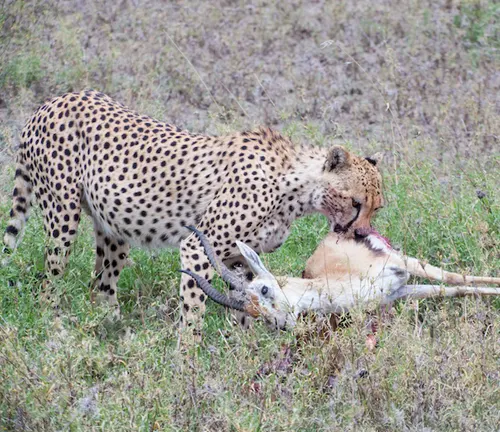

- Prey Preferences: Southeast African cheetahs primarily prey on small to medium-sized ungulates, such as gazelles, impalas, springboks, and young wildebeests. They typically target individuals that are young, weak, or isolated from the herd, as these are easier to catch.
- Hunting Technique: Cheetahs are renowned for their exceptional speed and agility, which they employ during hunting. They use stealth and camouflage to approach their prey as closely as possible before initiating a short, explosive sprint to catch it. Their flexible spine and long limbs allow them to make rapid changes in direction while pursuing prey.
- Crepuscular Predators: Southeast African cheetahs are crepuscular hunters, meaning they are most active during the dawn and dusk hours when their prey is also active. This timing helps maximize their hunting success by taking advantage of low light conditions and cooler temperatures.
- Hunting Success Rate: Despite their incredible speed, cheetahs have a relatively low hunting success rate compared to other big cats. Studies have shown that their success rate ranges from 30% to 50%, with factors such as terrain, vegetation cover, and the distance to prey influencing their hunting outcomes.
- Feeding Behavior: Once a cheetah successfully catches its prey, it typically suffocates the animal by biting its throat. They then consume their kill quickly to avoid competition from scavengers such as hyenas and lions. Cheetahs are capable of consuming large quantities of meat in a single sitting and may rest after feeding to digest their meal.
- Water Dependence: Unlike some other big cats, cheetahs have a lower tolerance for dehydration and require regular access to water sources. They will often drink water every few days if available, but they can survive for extended periods without it if necessary.
Reproduction and Life Cycle

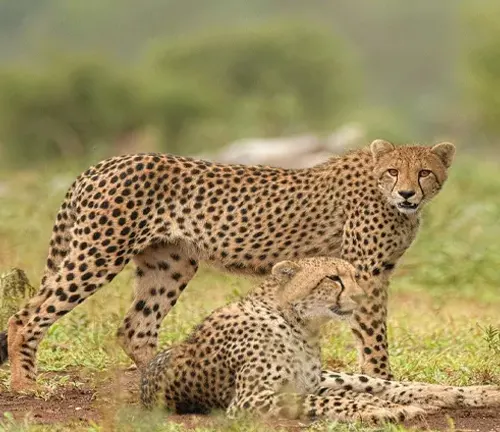
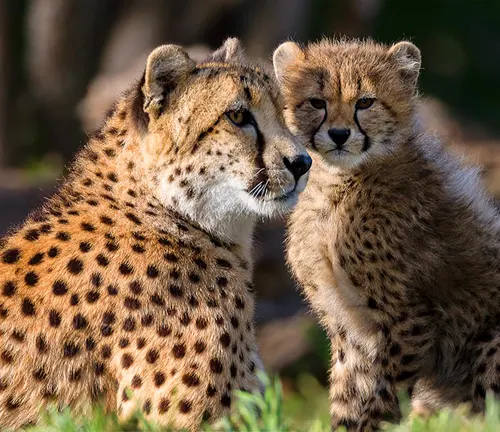
Female cheetahs reach sexual maturity at around 20-24 months of age, while males typically mature slightly later. Mating can occur throughout the year, with females going into estrus for about a week. After a gestation period of approximately 90-95 days, a female will give birth to a litter of typically 2-4 cubs, which she will raise on her own in a secluded den:
- Mating Behavior: Female cheetahs typically reach sexual maturity at around 20 to 24 months of age, while males mature slightly later. Mating can occur throughout the year, although peak activity often occurs during the wet season when prey availability is higher. Female cheetahs advertise their receptiveness by emitting scent markings and vocalizations.
- Courtship and Mating: When a female comes into estrus, she may attract the attention of multiple males. Male cheetahs engage in courtship behaviors such as chasing and vocalizing to impress the female. Once mating occurs, the pair may remain together for a few days before parting ways.
- Gestation Period: After successful mating, the female cheetah undergoes a gestation period of approximately 90 to 95 days. During this time, she prepares a secluded den in which to give birth to her cubs. Female cheetahs typically give birth to litters of 2 to 4 cubs, although larger litters are rare.
- Birth and Maternal Care: Cheetah cubs are born blind and helpless, relying entirely on their mother for survival. The mother provides constant care and protection for her cubs during their early weeks of life, nursing them and keeping them warm in the den. Cubs’ eyes begin to open after about 10 days, and they become more active as they grow.
- Development and Learning: As the cubs grow, they become increasingly curious and playful, engaging in mock hunts and exploring their surroundings under their mother’s watchful eye. They learn essential hunting and survival skills through play and observation, gradually becoming more independent.
- Weaning and Independence: Cheetah cubs are typically weaned off their mother’s milk at around 3 to 6 months of age, although they may continue to accompany her on hunts for several more months. By the age of 18 to 24 months, the cubs become fully independent and begin to establish their territories or form coalitions if they are male littermates.
- Maturity and Reproduction: Female cheetahs may start reproducing as early as 2 to 3 years of age, while males may not become sexually mature until they are 3 to 4 years old. Once mature, cheetahs continue the cycle of mating, reproduction, and raising offspring to ensure the survival of the species.
Conservation Status
The conservation status of the Southeast African cheetah, scientifically known as Acinonyx jubatus jubatus, is currently classified as “Vulnerable” by the International Union for Conservation of Nature (IUCN). This designation indicates that the species faces a high risk of extinction in the wild if conservation efforts are not implemented effectively.
Several factors contribute to the vulnerable status of Southeast African cheetahs:
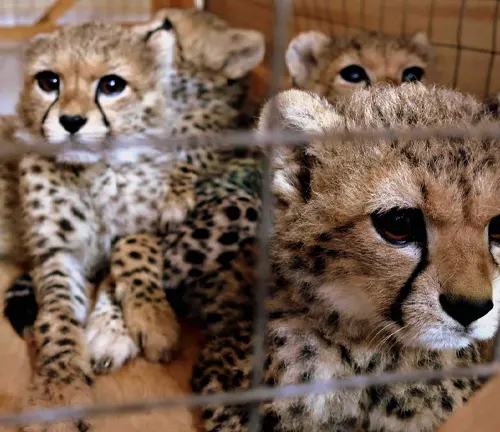

- Habitat Loss and Fragmentation: The expansion of human activities such as agriculture, urbanization, and infrastructure development has led to significant habitat loss and fragmentation across the cheetah’s range. This loss of suitable habitat reduces available hunting grounds and increases competition with humans and other predators.
- Human-Wildlife Conflict: As human populations continue to grow, conflicts between cheetahs and humans over resources such as livestock and territory become more common. Retaliatory killings by farmers seeking to protect their livestock pose a significant threat to cheetah populations, particularly in areas where suitable prey is scarce.
- Poaching and Illegal Wildlife Trade: Cheetahs are sometimes targeted by poachers for their skins, which are highly valued in some cultures for traditional clothing and decorations. Additionally, cheetah cubs are sometimes captured and sold illegally as exotic pets, further impacting wild populations.
- Genetic Bottlenecks: Southeast African cheetah populations are often isolated and fragmented, leading to reduced genetic diversity within these populations. This genetic bottleneck makes cheetahs more susceptible to diseases and reduces their ability to adapt to changing environmental conditions.
Conservation efforts aimed at protecting Southeast African cheetahs include:
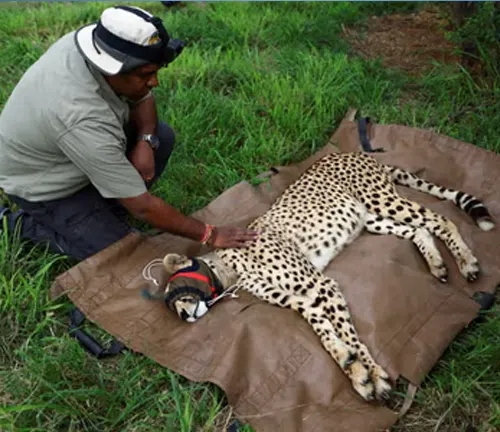
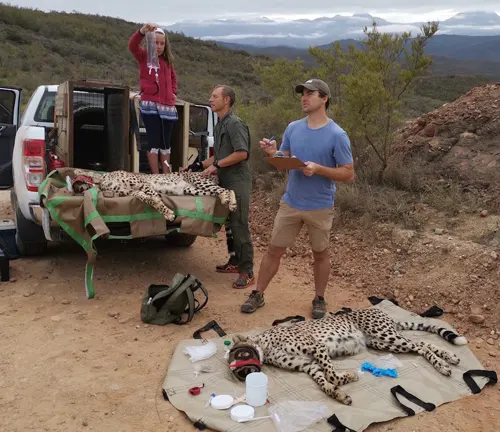
- Habitat Preservation: Establishing and maintaining protected areas such as national parks, wildlife reserves, and conservancies to safeguard critical cheetah habitat and provide space for the species to thrive.
- Community Engagement: Working with local communities to promote coexistence between humans and cheetahs through education, awareness programs, and initiatives that reduce human-wildlife conflict.
- Anti-Poaching Measures: Implementing strategies to combat poaching and illegal wildlife trade, including increased law enforcement, wildlife monitoring, and collaboration with local communities and authorities.
- Research and Monitoring: Conducting scientific research and monitoring programs to better understand cheetah ecology, behavior, and population dynamics, which inform conservation strategies and management decisions.
Different Species
Acinonyx jubatus jubatus
(Southeast African Cheetah)
Found in southern and eastern Africa, including countries like South Africa, Botswana, Namibia, and Zimbabwe.
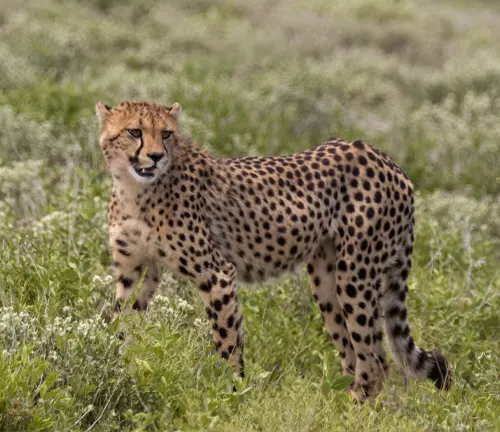

Acinonyx jubatus raineyi
(East African Cheetah)
Inhabits the savannas and grasslands of East Africa, including Kenya and Tanzania.
Acinonyx jubatus hecki
(Northwest African Cheetah)
Once widespread across North and West Africa, but now critically endangered and limited to small fragmented populations in Algeria, Niger, and Mali.
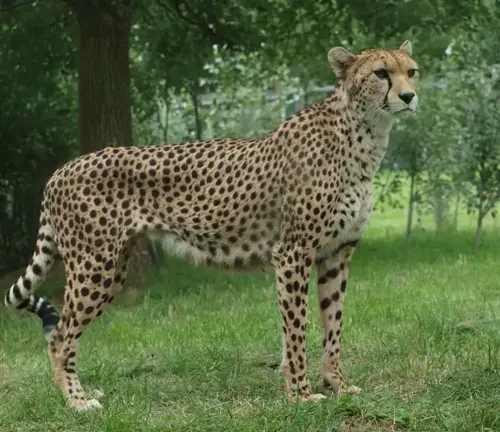
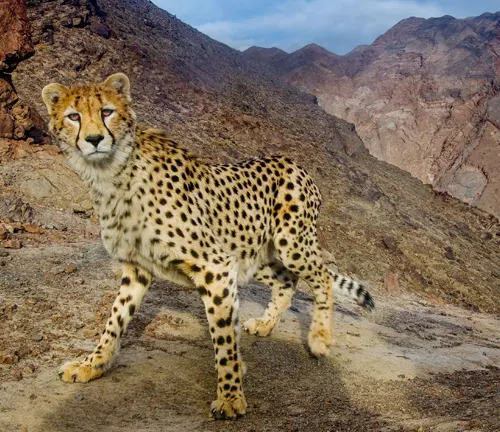
Acinonyx jubatus venaticus
(Iranian Cheetah)
Endemic to Iran, with a small population surviving in the central desert regions.
Acinonyx jubatus soemmeringii
(Serengeti Cheetah)
Found in the Serengeti ecosystem of Tanzania and adjacent areas of Kenya.
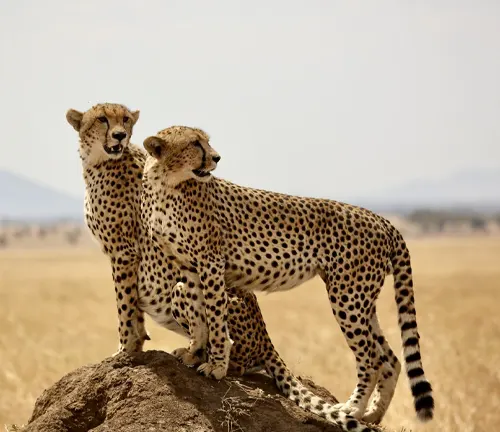
Frequently Asked Questions (FAQs)
- Are Southeast African cheetahs endangered?
Southeast African cheetahs are considered vulnerable, facing threats such as habitat loss and human-wildlife conflict. - How fast can a Southeast African cheetah run?
Southeast African cheetahs can reach speeds of up to 60-70 miles per hour in short bursts, making them the fastest land animals. - Do Southeast African cheetahs live in groups?
While they are typically solitary, Southeast African cheetahs can form small groups called coalitions, usually consisting of brothers from the same litter. - What is being done to protect Southeast African cheetahs?
Conservation efforts include habitat preservation, community education programs, and strategies to mitigate human-wildlife conflict. - Why are cheetahs important to the ecosystem?
Cheetahs play a crucial role in maintaining the balance of their ecosystems by controlling prey populations and influencing the behavior of other species. - How do Southeast African cheetahs hunt?
Southeast African cheetahs rely on their exceptional speed and agility to chase down prey, often targeting small to medium-sized ungulates. - What do Southeast African cheetahs eat?
Their diet primarily consists of animals like gazelles, impalas, and springboks, which they hunt using stealth and bursts of speed. - How many cubs do Southeast African cheetahs typically have?
Female cheetahs usually give birth to litters of 2-4 cubs, which they raise alone in secluded dens. - What are the main threats to Southeast African cheetahs?
Habitat loss, human-wildlife conflict, and poaching are among the primary threats to the survival of Southeast African cheetahs. - Where can I see Southeast African cheetahs in the wild?
National parks and wildlife reserves in countries like South Africa, Botswana, and Namibia offer opportunities to observe Southeast African cheetahs in their natural habitats. - Do Southeast African cheetahs have any natural predators?
While adult cheetahs are formidable hunters, their cubs may fall prey to larger predators such as lions, hyenas, and leopards.






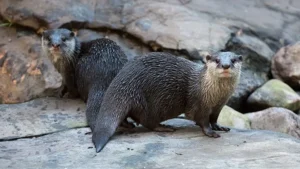
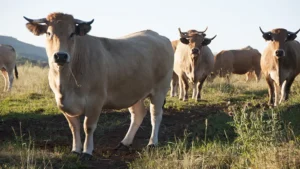

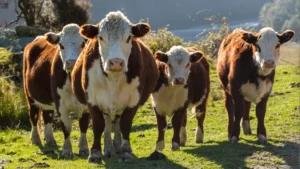
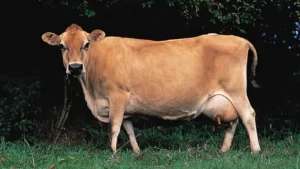
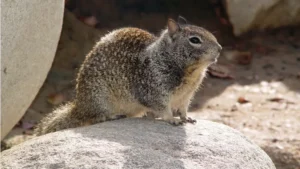


Leave your comment